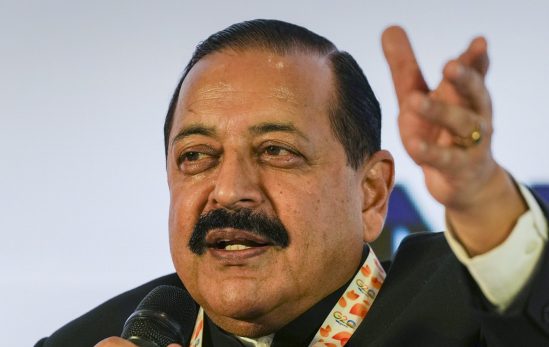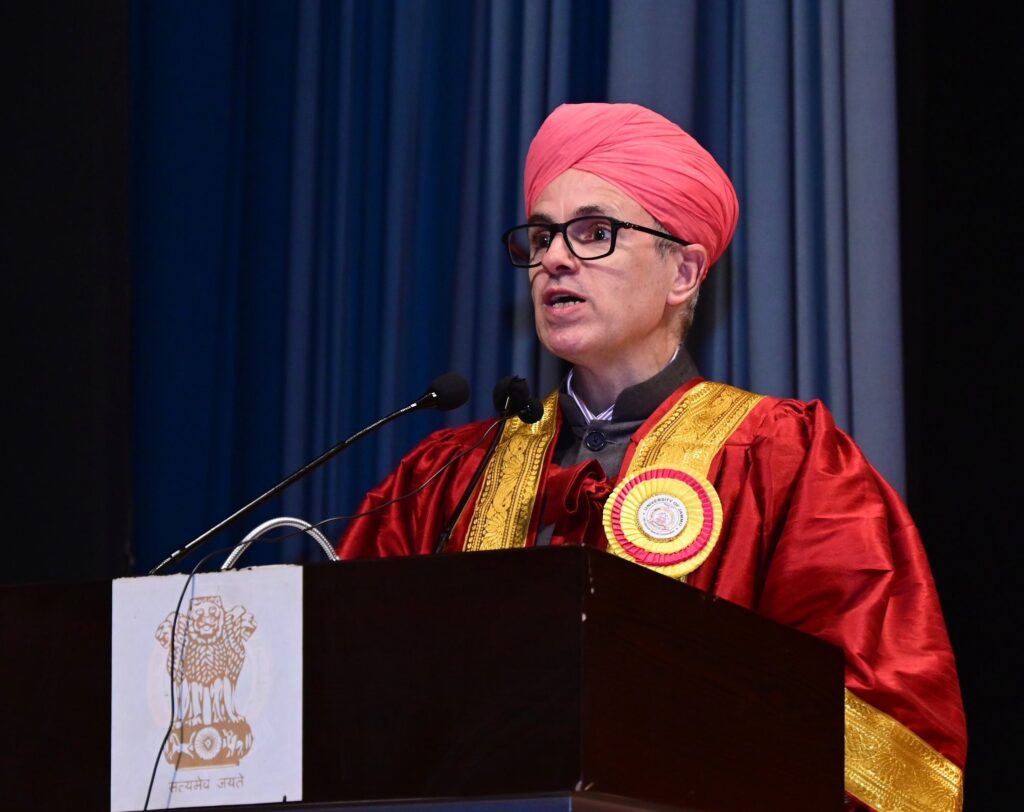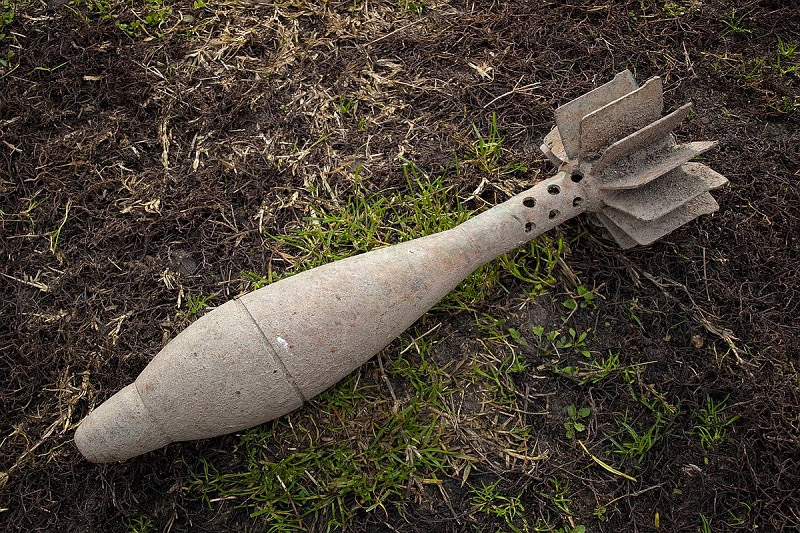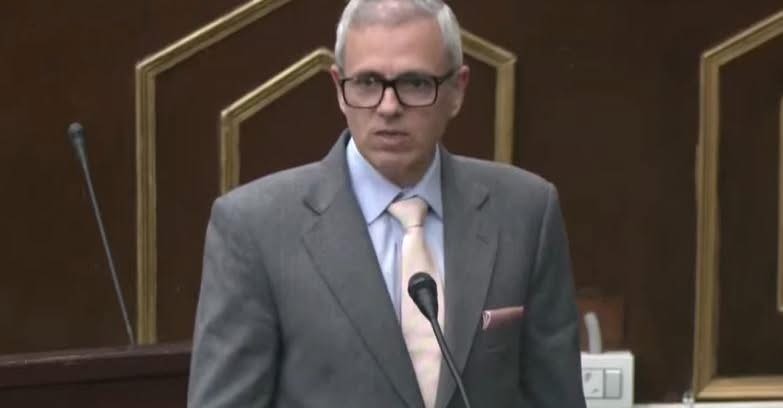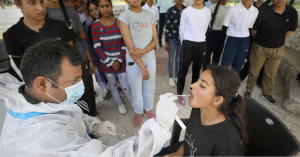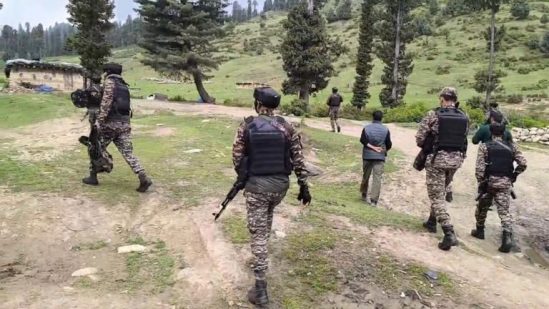NEW DELHI: In an effort to advance its efforts to demolish and dismantle the terrorist ecosystem in Jammu and Kashmir, the National Investigation Agency (NIA) charged three of the five people involved in the January 2023 Rajouri attacks case—three of whom were handlers of the banned Lashkar-e-Taiba (LeT) organisation who were absconding and based in Pakistan. The case concerns the horrific terror attack that occurred on January 1, 2018, on a village called Dhangri in the Rajouri district, which was followed the next day by an IED explosion. The attacks claimed the lives of seven innocent people, two of whom were children, and seriously injured dozens more.According to the NIA, three of the people included on the chargesheet are LeT handlers. They are Abu Qatal alias Qatal Sindhi, Mohd Qasim, and Saifullah alias Sajid Jutt alias Ali alias Habibullah alias Numan alias Langda alias Noumi. Although Sajit Jutt and Abu Qatal are citizens of Pakistan, Qasim joined the LeT terrorist group after infiltrating the country sometime in 2002. The three Pakistan-based suspects, according to the NIA, had planned the recruitment and transfer of LeT terrorists from Pakistan to target security officers and innocent civilians, especially members of the minority population in Jammu and Kashmir. "The attacks were carried out under the directions of these Pakistan-based handlers." Along with the other two, Saifullah, a highly ranking LeT Commander currently serving from Pakistan, was in charge of organising the entire plan. At the moment, Mohd Qasim serves as the right hand of senior LeT commanders. Along with other terrorists, Abu Qatal arrived in India in 2002–2003 and operated in the Poonch–Rajouri region. The other two individuals named on the charge sheet are Nisar Ahmed, also known as Haji Nisar, and Mushtaq Hussain, also known as Chacha. They are both LeT Overground Workers (OGWs) who reside in Mohra, Gursai, Tehsil Mendhar, District Poonch. The two were taken into custody as the NIA conducted its probe. Investigations revealed that they had given the terrorists logistical support per Abu Qatal's instructions. They had given food, lodging, and other forms of logistical support to the terrorists for around three months after the attack in Dhangri, along with a juvenile who was also arrested for aiding and abetting the attackers. The NIA said that they had also made an effort to hide evidence by destroying the cell phone that was being used for covert communication with the LeT commanders in Pakistan. According to the anti-terror agency, Nisar had also received a shipment of weapons, ammunition, and money from the terrorists' handlers in Pakistan. "According to investigations, Nisar had communication with Abu Qatal while he was in India.Even after Abu Qatal returned to Pakistan, he had kept in touch with him.The Unlawful Activities (Prevention) Act and several sections of the Indian Penal Code are the charges listed in the chargesheet against the two adult accused who were apprehended and the handlers who were based in Pakistan, according to the NIA. "The Final Report against the apprehended juvenile will be submitted to the Juvenile Justice Board, Rajouri in due course," it stated. [caption id="attachment_11803" align="alignnone" width="300"] 2023 Rajouri attack: NIA chargesheets three Pakistan nationals among five[/caption]

